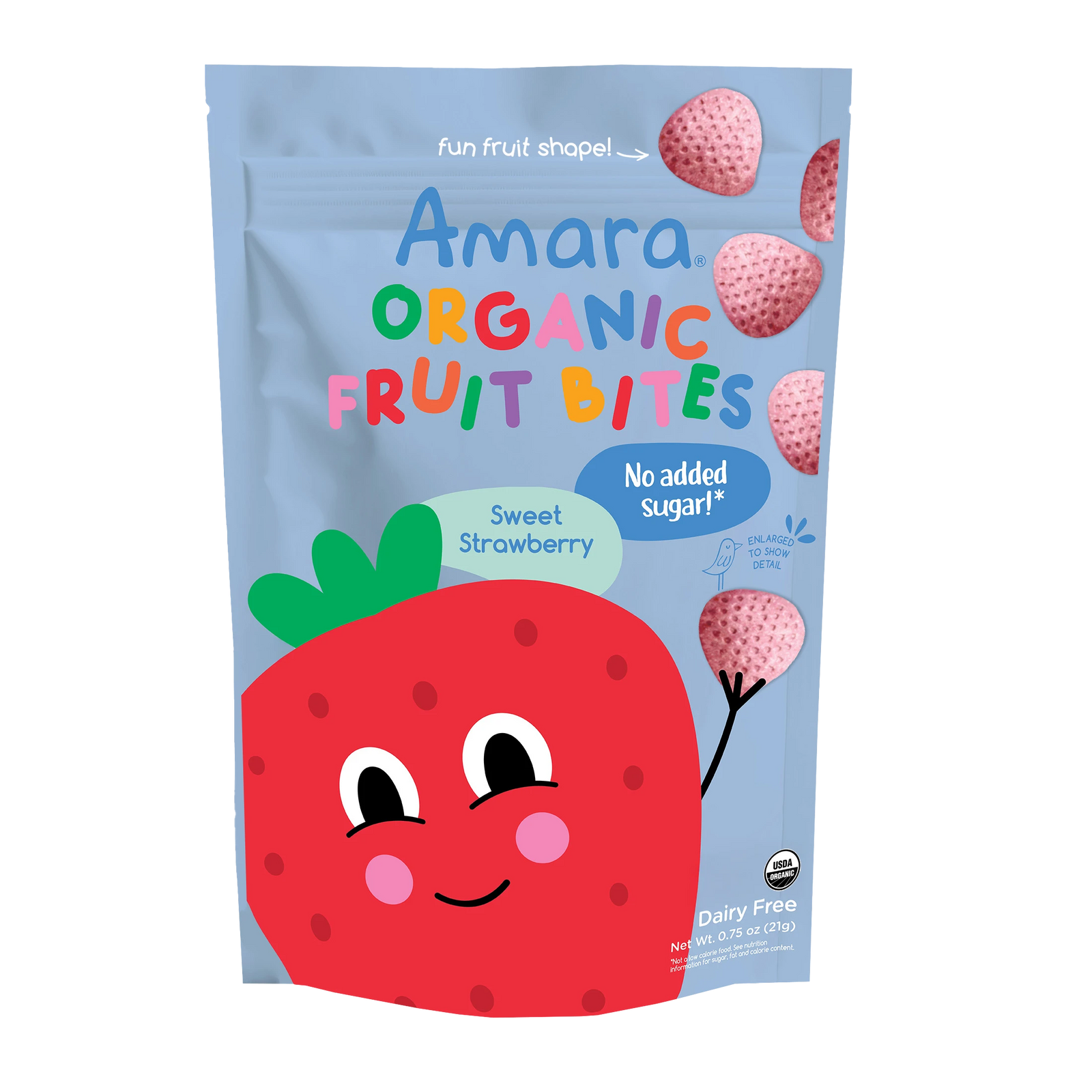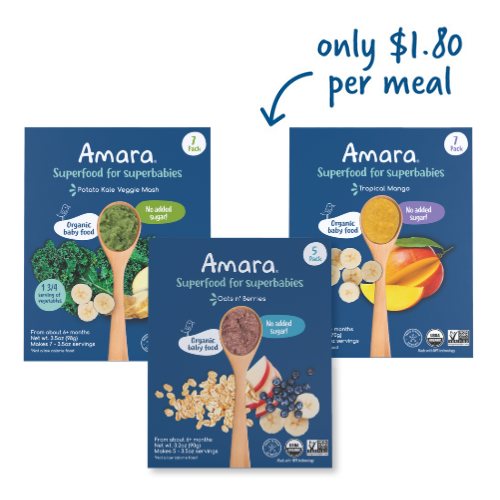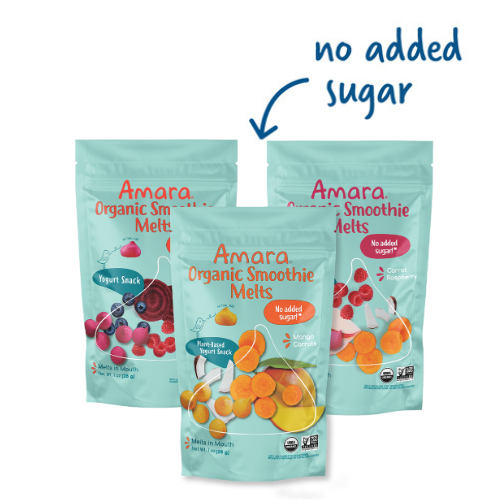
We hear about it all the time. Eat locally. Eat seasonally. And while those phrases might seem obvious in meaning, let’s dig into the matter of local food production—what it is; what its benefits—and challenges—are; how it differs from globally sourced food; and what YOU as a consumer can do about it all.
First: what exactly is ‘local food’?
Local food is produced, processed, marketed, and consumed within a relatively small geographical area. Because of its geographic confines, local food is usually grown and distributed in season.
Local foods are products sold directly to consumers but also to retailers, institutions (e.g., schools and hospitals), and intermediaries (e.g., food hubs, processors, and wholesalers).
Demand for local food has been growing over the past twenty years or so.
In the U.S., local foods represent less than 4 percent of total farm sales but are nonetheless a growing share of the U.S. food system. In Europe, local food represents a bigger force: there are about 310,000 food companies, and 99% are small and medium-sized.

Now, an important note: local food is often associated with:
- Being more ‘natural,’ where the growers don’t use genetic modification and/or synthetic chemicals like pesticides
- Supplying greater food diversity, where growers aren’t monocropping (only growing one thing)
- Being small-scale and ‘traditional,’ where a family or a group of families/friends run a farm
- Being kinder to the environment and animals involved in food production
These characteristics are often true of local producers, but not always. It’s not true, for instance, to assume that all local farmers are organic farmers.
But it is fair to say that, compared to large multinational food producers—which we’ll get to in a minute—local producers are, on the whole, more committed to nonspecialized and more sustainable farming.
What are the benefits of local food production?
Food safety, quality, and diversity.
Buying local enables you to purchase food that is fresh (and thus tasteful) since it doesn’t have to be transported over long distances. Buying local also means buying whatever growers in your area are producing, and that diversity of foods contributes to well-rounded nutrition.
Transparency of the supply chain—more knowledge for consumers.
A local supply network allows better communication between producers and consumers, facilitating the traceability of the products.
Environmental sustainability.
Local food production reduces the distance between the point where a food is produced and the point where that food is consumed, reducing the product‘s carbon footprint and food waste involved in transportation. Additionally, local food often equates to less packaging/plastic. Locally grown and sold food is usually seasonal and diverse, meaning multiple foods are grown at different times of the year. This protects biodiversity and promotes sustainable farming.

Support for local businesses, communities, and economies.
Buying from local food producers directly supports their businesses. It allows them to operate without the use of expensive intermediaries, so that they are left with a larger share of the retail price. And when you support food growers near you, you’re also supporting your community, promoting job creation and economic diversification and growth. In short, you’re keeping food dollars within your local economy. Local food production also promotes regional culture by exhibiting, for example, the gastronomy of area products—which can be boon for local tourism!
Food sovereignty and security for growers and their communities.
Locally grown and sold food gives agency to the growers who do all the work! In the U.S. and Europe, buying local supports rural communities; and in developing countries, locally grown and distributed food strengthens native farming communities and assists the entire nation with its economic development. And on top of that, locally controlled food distribution reduces the likelihood of famine and malnutrition.
What are the challenges of local food production?
It’s economically challenging for growers.
Local, smaller-scale food producers often find it difficult to be profitable. Many do not have sufficient capacity to manage the entire food production process as efficiently as large-scale, specialized producers who can outsource different tasks. In addition, local growers are often committed to ethical production in terms of environmental and social sustainability which requires even more time and effort.
Local producers often struggle with a small marketing budget, and marketing is often through word of mouth and by social media. Sometimes local sales channels and retailers even have to compete against each other, primarily for consumers but also over local food products. All of this makes it hard to succeed at the local level.
At the same time, buying local food often requires more time, effort, and money from consumers and retailers.
For consumers, supermarkets conveniently provide a large selection of less expensive food that can be taken home at any time. For retailers, purchasing locally often means slower deliveries, smaller volumes, and products that lack consistency in terms of size and shape.
What about mass-produced, non-local food?
When we buy food at major grocery chains, much of it is produced, processed, and marketed through global food chains. This system is based on:
- intensive, industrialized agriculture using much mechanization (and often chemicals)
- specialized farms, often growing one food (‘monocrop culture’)
- long supply chains managed by large global corporations
This system—where multinational companies control much of the world’s food production—came about after World War II, when agriculture—based on small family farms, supplying the local market through short supply chains—transformed in Europe and the U.S. These developed parts of the world then exported industrialized agriculture, genetically modified and monocrop culture farming, and long supply chains to developing sections of the world (like Mexico and India in the 1950s and 1960s during the so-called Green Revolution).
Are there any benefits to this system?
Depending on who you ask, yes. For many consumers in the developed world, food produced and sold through global chains means it is:
- more affordable
- available year round
- often more uniform in appearance
So, in short, the system provides food security for many people in places like the U.S.

What’s the bad news?
Food produced and distributed in this way has led to many negative impacts, particularly for the developing world.
Global food chains contribute to the imbalance between developed states and developing ones.
Rich countries source cheaper products from remote, poorer parts of the world, transporting foods across the globe. This increases the consumption of fossil fuels and other natural resources.
On top of that, diversified local production—where an area grows many types of crops—is often displaced by monocrop farming, reducing native biodiversity.
Mass produced, monocrop food—shipped from developing states to the developed world—also loses its cultural significance. The regional, unique characteristics of a food product are all but gone in the global food chain, disincentivizing consumers from knowing about the places where their food comes from—and the people who grow it. Food is suddenly a commodity that is difficult to associate with a particular country.
Another issue is the cheap price tag attached to globally distributed food. A key reason why it’s so low is that many farmers and farm workers in poorer parts of the world are dramatically underpaid. As a result of this, they are vulnerable to hunger and extreme poverty.
Global food chains rely on intensive, highly mechanized and specialized farming. This is very hard on the environment.
Its many adverse impacts include biodiversity loss, habitat destruction, pesticide and fertilizer contamination of soil and water, soil erosion and degradation, deforestation, and eutrophication (where a body of water becomes deluged with too many minerals and nutrients, particularly nitrogen and phosphorus).
Globally sourced food lacks the benefits of locally sourced food.
When we buy and consume food from around the world, it is often not as fresh, tasty, diverse, and nutritious as food from our local communities.
So, if we as consumers want to ‘buy local,’ what can we do?
To support local, especially small- and medium-sized food operations, many advocates recommend:
- buying directly from farmers/producers in your local community: family-run farms, community-supported agriculture (CSAs), food co-ups, urban food gardens, farmers’ markets
- buying whatever your local farms are producing—buy foods that you normally wouldn’t!
- buying food in season
- avoid buying many imported products, especially in off-seasons
- research the foods you’re buying: understand their origin; who grows them; what workers’ conditions are; what the environmental impacts are in transporting that food to you
- when dining out, go to restaurants that are “farm to table”—that use locally sourced, seasonal ingredients

Making sure food is nutritional, diverse, and sustainable is something that we at Amara understand and support.
At Amara, we care that food is fresh, organic, and real—that our littlest ones with the most vulnerable bodies are eating the best of foods. To us, food safety, variety, and quality are vital. As such, Amara’s baby blends and toddler snacks have no additives, are 100% non-GMO and organic, and are made from only a few—very transparent—ingredients. Only the best for our babies.

How does your family navigate local v. global food? Any tips for supporting local producers?
***
Article researched by:
Amara's Chief Nutritionist: Sonia A. Schiess, PhD in Nutrition, specialized in the introduction of solids and liquids to infants. Sonia's passion started when she was studying nutrition and dietetics in university, completing a post degree in Human Nutrition. Later on, she completed her PhD as a nutritionist, with a focus on introducing food in the first year of a baby's life. Her wide experience gives her a unique perspective, drawing from her time in clinics, hospitals, independent consulting and university research. She's authored several papers including "Introduction of complementary feeding"; "Introduction of potentially allergenic foods in the infant's diet during the first year of life" and "Intake of energy providing liquids during the first year of life" in five European countries. The combination of Sonia's science and our chef's magic ensures every Amara product is not only optimized for your baby's health but is delicious as well.
References:
https://www.ers.usda.gov/topics/food-markets-prices/local-foods/
https://www.nal.usda.gov/human-nutrition-and-food-safety/local-foods-and-communities
Kapala A, The role of short supply chains and local food systems in the concept of food sovereignty and food democracy. PPR 2023
Keech D et al. , Selling local food in the city: A comparative study of short food supply chains in Oslo and Bristol. NIBIO Report 2023
Macieira A et al., Food Safety in Local Farming of Fruits and Vegetables. J. Environ. Res. Public Health 2021
Mariola MJ, What do local foods consumers want? Lessons from ten years at a local foods market. JAFSCD 2021







Leave A Comment